Cardboard labels—commonly known as hang tags—function as a high-impact branding asset that bridges product design, brand identity, and customer perception. For fashion, accessory, and lifestyle brands, hang tags are often the first physical touchpoint a customer interacts with. Their strategic design and material quality can elevate a product, reinforce brand values, and drive purchasing decisions.
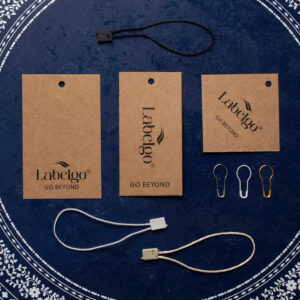
What Are Cardboard Labels (Hang Tags)?
Cardboard labels are printed or partially printed tags attached to garments, accessories, or packaged goods. They often include essential elements such as:
Brand name and logo
Product details (size, material, care info, pricing)
Sustainability messages
QR codes, NFC tags, or authenticity verifications
Promotional messages or storytelling
Unlike care labels or woven labels, hang tags are removable. Their primary function is to communicate the brand’s narrative and elevate perceived product value before the item is even tried on.
To understand how these tags support overall brand identity, see:
 Why Hang Tags Matter for Brand Strategy
Why Hang Tags Matter for Brand Strategy
1. They Reinforce Brand Identity
A well-designed hang tag is a concise representation of your brand’s values and aesthetic. Premium materials, typography, and finishes immediately convey positioning—whether minimal, luxury, eco-friendly, or streetwear-inspired.
Explore related topics:
2. They Influence Perceived Product Value
Consumer studies consistently show that high-quality packaging components increase perceived value. Hang tags serve as a micro-packaging element—an indicator of craftsmanship and attention to detail.
3. They Support Storytelling
Brand storytelling creates emotional connectivity. Hang tags are a structured medium for sharing:
Brand origin
Sustainability commitment
Artisan craftsmanship
Material sourcing transparency
For deeper insight, consider:
4. They Provide Critical Product Information
Hang tags can host legally relevant or product-specific details that influence buyer decisions, such as:
Country of origin
Care and washing instructions
Pricing and SKU data
Material composition
Certifications (e.g., OEKO-TEX)
Related reading:
5. They Strengthen Customer Loyalty
Thoughtfully designed hang tags act as collectible brand assets. Many customers keep impressive hang tags, reinforcing long-term brand recall. When integrated with QR codes or digital touchpoints, they also support loyalty programs and post-purchase engagement.
Reference:
 Key Design Considerations for Cardboard Labels
Key Design Considerations for Cardboard Labels
High-performing hang tags combine aesthetic precision with functional clarity. Strategic elements include:
Material Selection
Options include:
Recycled cardboard
Kraft paper
Premium matte stock
Textured specialty papers
For sustainability-driven brands, eco-friendly materials are now a competitive advantage. See:
Finishing Techniques
Advanced finishing elevates the user experience:
Embossing / debossing
Spot UV
Matte or gloss lamination
Foil stamping
Die-cut custom shapes
Typography & Visual Hierarchy
High-clarity typography ensures instant comprehension of key product details. Brands should aim for scalable, accessible layouts.
Explore related design guidance:
Integration With Other Label Types
Hang tags work best in harmony with woven, printed, or care labels. Each label category contributes different value drivers—durability, compliance, tactile experience, and storytelling.
For a broader labeling strategy review:
 How Hang Tags Strengthen the Customer Journey
How Hang Tags Strengthen the Customer Journey
A customer’s physical interaction with your product begins before the item is used. Hang tags shape that initial moment by:
Communicating craftsmanship and credibility
Differentiating your brand in a crowded market
Reducing uncertainty in purchase decisions
Enhancing the unboxing or in-store experience
Building trust through transparency
By integrating accurate product data, modern design execution, and consistent branding, hang tags become a key pillar of product-market alignment.
 Best Practices for Implementation
Best Practices for Implementation
1. Ensure Alignment With Brand Guidelines
Color palette, logo placement, and messaging must align with your visual identity.
2. Use Scalable Templates
Ensure consistency across product lines and seasonal collections.
3. Optimize Size and Shape
Tags must fit proportionally with garments—not too large, not too minimal. For sizing guidance:
4. Incorporate Digital Touchpoints
QR codes linking to care pages, sustainability details, or brand stories enhance engagement.
5. Prioritize Sustainability
Consumers expect environmental responsibility. Recycled, chlorine-free, or FSC-certified materials significantly increase brand trust.
Conclusion
Cardboard labels (hang tags) are not merely decorative accessories; they are strategic branding tools that deepen product value, strengthen brand identity, and elevate the customer journey. For brands seeking to compete globally, investing in high-quality, sustainably produced hang tags is a fundamental step toward differentiation and long-term loyalty.
A unified approach—merging woven labels, printed labels, and expertly designed hang tags—ensures that every product carries a coherent, premium, and culturally resonant brand message.
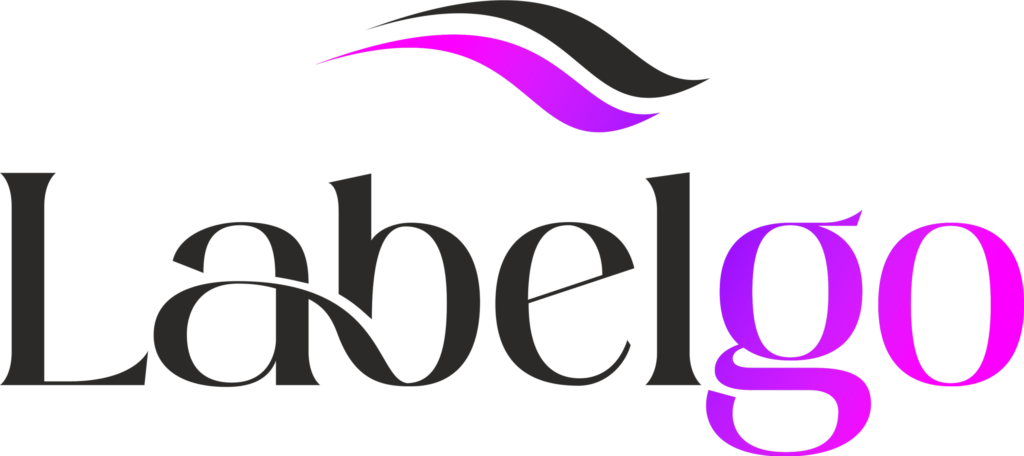
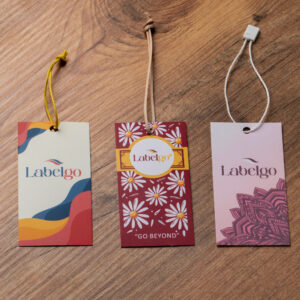 Why Hang Tags Matter for Brand Strategy
Why Hang Tags Matter for Brand Strategy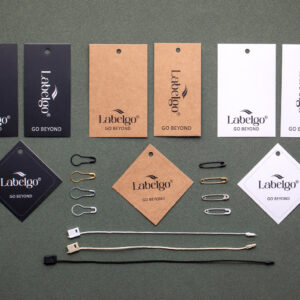 Key Design Considerations for Cardboard Labels
Key Design Considerations for Cardboard Labels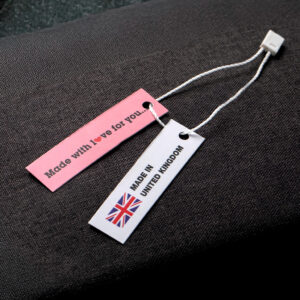 How Hang Tags Strengthen the Customer Journey
How Hang Tags Strengthen the Customer Journey Best Practices for Implementation
Best Practices for Implementation